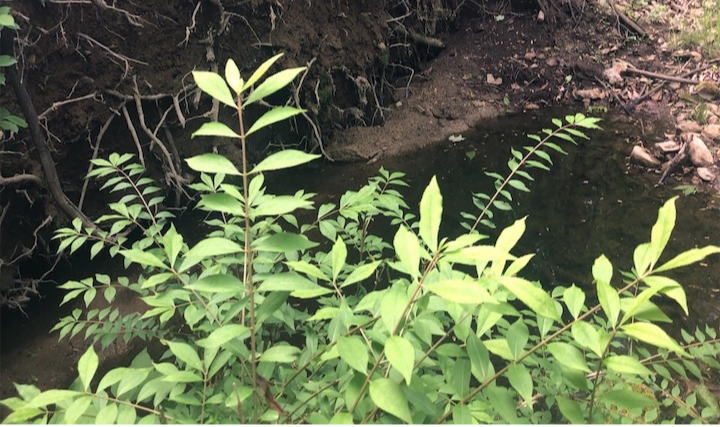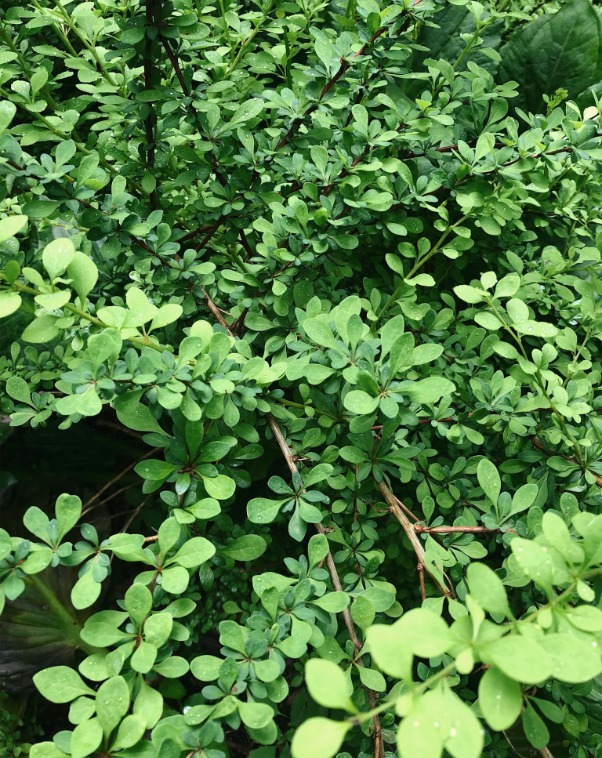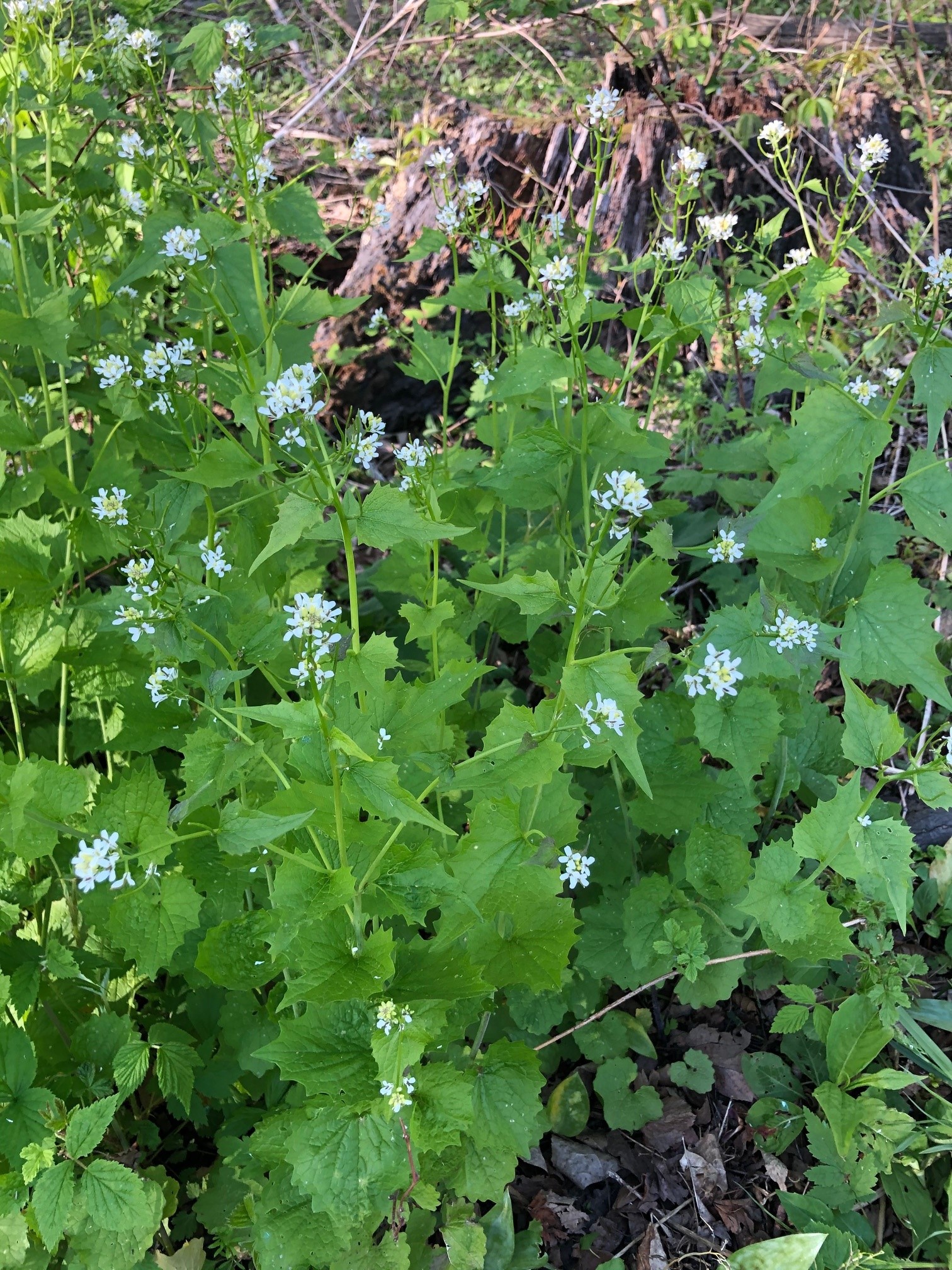Invasive Plants
Invasive species are plants, animals, or other living organisms that are non-native to the area and whose introduction causes harm to the environment, economy, or human health. They are often spread unintentionally and primarily by human activities. Invasive plants are so successful because they grow and spread quickly, have no natural predators, and can thrive in many habitats.
The introduction of invasive species, whether intentional or unintentional, can pose a significant threat to native species and the ecosystem. Invasive species can destroy biodiversity and permanently fracture or alter native habitats. Invasive plants can crowd out native plants which other native species rely on for food or habitat, and can ultimately lead to the extinction of many native plants and animals.
Wilton Land Conservation Trust is committed to removing invasives from all its properties, and working to restore native habitats and biodiversity.
Invasive Plants To Look Out For
Mugwort
A distinguishing characteristic of mugwort is the undersides of its leaves which are silvery in color.
Why it’s pervasive
Mugwort is spread primarily through rhizomes, which are horizontal underground stems that spread quickly to form large networks.
Why it’s a problem
Mugwort can form large stands that can crowd out and displace native plants, as well as disrupt the natural succession of an ecosystem. It can also quickly overtake gardens and nurseries.
What you can do
Mowing from early summer to mid-September will prevent seed dispersal before the seed has matured. Young plants can be hand-pulled in spring or early summer before the formation of rhizomes, to slow the spread of populations and prevent new colonies from being established. Heavy-duty landscape fabric or mulch can also be used to smother mugwort.


Winged Euonymus or Burning Bush
The name "Burning Bush" comes from the bright red fall color. This plant is native to central and northern China, Japan, and Korea.
Why it’s pervasive
Burning bush produces a large amount of seeds, can reproduce on its own, and produces more stems once one is broken or cut. It also has no known natural predators.
Why it’s a problem
Once burning bush spreads it creates a complex root system and dense thickets that crowd out native vegetation which provides food and shelter for native species. Once burning bush overtakes the area, plant diversity is greatly reduced.
What you can do
Sprouts and saplings can be easily hand-pulled, especially when the soil is moist. Larger shrubs can also be dug out to remove the root system or repeatedly cut.
Japanese Barberry
A deciduous shrub that produces bright red berries in late summer through October.
Why it’s pervasive
Japanese Barberry has a high seed production and seed survival rate, and its root system spreads quickly. This plant is very adaptable, can tolerate a variety of conditions, and is also deer resistant.
Why it’s a problem
Japanese Barberry grows in dense thickets which crowd out native plants. It significantly alters the soil’s pH and nitrogen levels, making it more difficult for native plants to grow. This plant is also an ideal habitat for ticks that carry Lyme disease.
What you can do
You can hand-pull small plants or use tools such as weed wrenches to help remove larger plants. Repeated cutting can help to slow the plant’s spread, but root crowns must be removed to prevent resprouting. A propane torch can also be used to burn the base of stems near the ground.


Garlic Mustard
Garlic Mustard has scalloped green leaves that smell like garlic when crushed and clusters of small white flowers.
Why it’s pervasive
Garlic Mustard spreads by seed and usually emerges earlier in the spring before other native plants can get established. A single plant can produce enough seeds to populate an entire site.
Why it’s a problem
Garlic Mustard poses a threat to native spring blooming wildflowers by blocking their sunlight and outcompeting them for moisture and nutrients. Its roots release a chemical that destroys the fungi in the soil that native plants need to get nutrients. Some species of native butterflies also mistakenly lay their eggs on Garlic Mustard plants instead of native mustard plants. The caterpillars die from feeding on the toxic Garlic Mustard plant, which causes a decline in the butterfly population.
What you can do
Pull up the plants, especially when the soil is moist as it will be easier to keep the root intact when removing it. If the plant has begun to flower you should place them in bags and dispose of them in the garbage so the seeds don’t spread. Large areas of Garlic Mustard can also be repeatedly mowed to eventually exhaust the seed bank.
